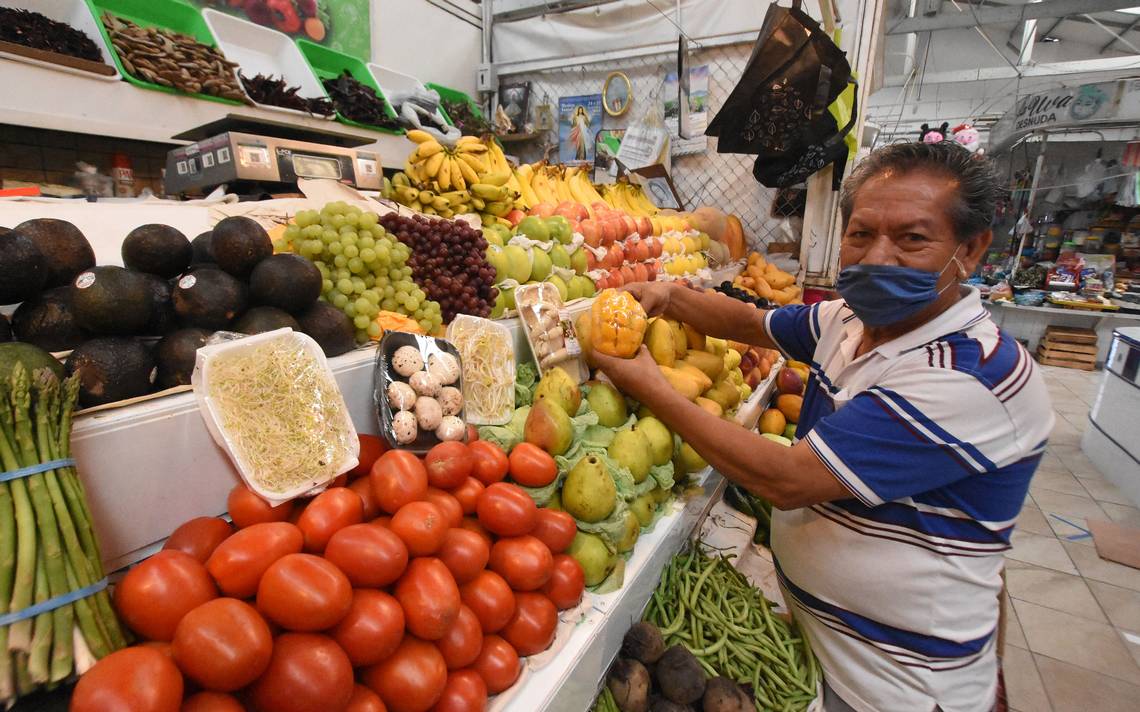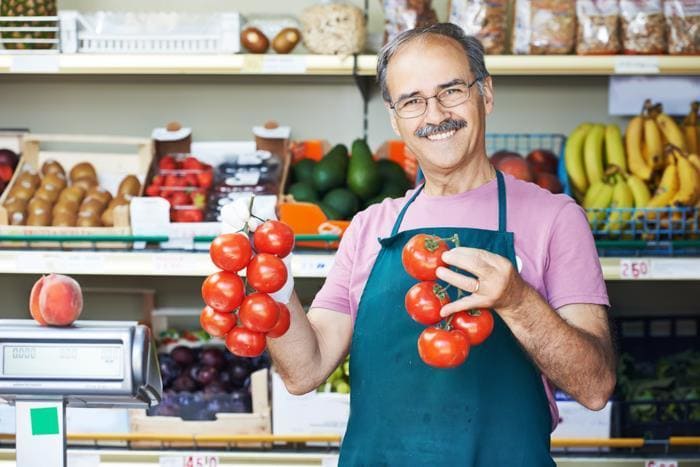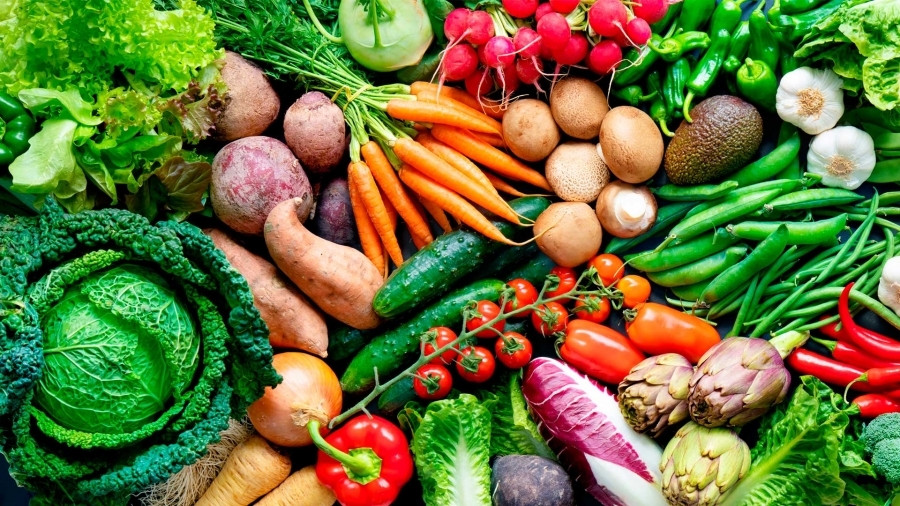Informal vendors that sell fruits and vegetables sell tomatoes at 5 units for US$1.00, when before they used to sell 10 units for the same price. Salvadorans say that everything is getting more expensive every day and soon they will not be able to cover their daily basic food supplies.

The Defensoría del Consumidor (DC), in its monthly price survey indicates that the unit and wholesale costs of tomatoes, onions, peppers, avocados, potatoes and carrots have increased.
Salad tomatoes cost US$0.20 per unit and are now US$0.24 per unit.
The quintal of white onions used to cost US$30.00 and now its price has gone up US$5.00 for a total of US$35.00 and the unit used to cost US$0.21, today it costs US$0.29.
For chili, the price per quintal was US$34.00, increasing US$2.00, now it costs US$36.00, the selling price per unit in June was US$0.15, and now it costs US$0.26.
In the case of avocado, in june it cost US$20.00 and now it is reaching US$23.00 and the price per unit is US$0.50 in the metropolitan area of the country.
Only the brown potato has dropped US$0.10 because in june the unit cost US$0.60 and now it costs US$0.50.
The carrot unit in june cost US$0.21 and now costs US$0.25, an increase of US$0.03.

Traders say that sales have dropped after the Defensoría del Consumidor recorded up to 34% increase in some products of the basic food basket.
The increase in the price of fuels, the increase in the value of maritime freights, the increase in the price of inputs for agricultural production and other factors are causing food to reach high prices.

Likewise, the International Monetary Fund (IMF) indicates that, in Latin America, food prices represent almost a quarter of the average consumption basket. For households still recovering from the Covid-19 crisis, high food prices leave fewer resources to spend on other goods.
In a region with the highest levels of income inequality, the burden is heaviest for low-income households, which spend a greater proportion of their income on food.
 English
English  Español
Español 
